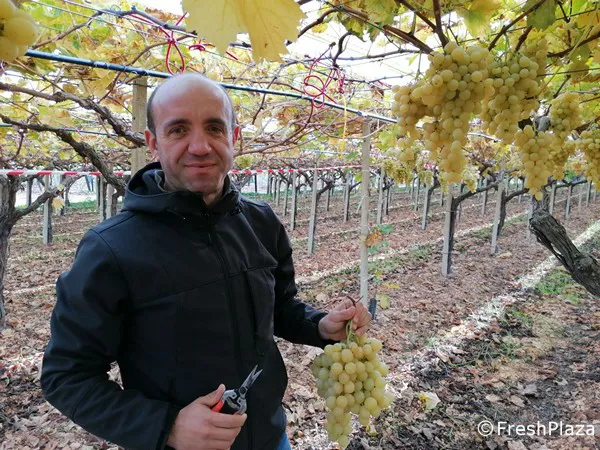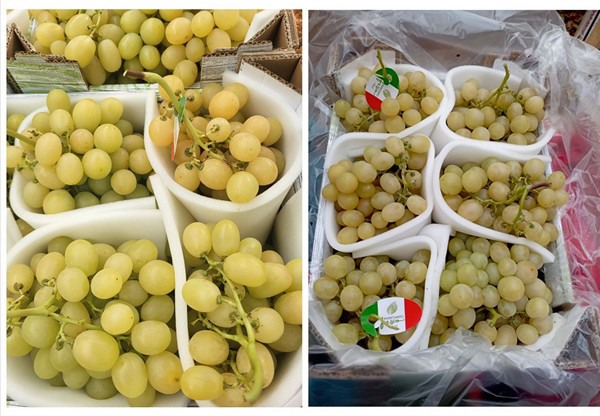The campaign that just ended sanctioned the preference of consumers for seedless grapes both in Italy and abroad. "Even though consumption dropped this season, seedless grapes stood out. The trend is evident in our country as well, even though the consumption of seeded grapes has always been higher than in the rest of Europe, also because of the higher number of traditional varieties," commented entrepreneur Donato Fanelli from Puglia.
 Donato Fanelli - Archive photo
Donato Fanelli - Archive photo
When it comes to seeded varieties, and the Italia cultivar in particular, the season ended badly with a lot of produce left on the trees. "The growth in demand for seedless grapes translated into an excess of availability of traditional grapes. It was one of the main reasons why a lot of seeded grapes did not find their classic place on the market, thus causing losses for growers. Companies suffered a total lack of turnover also due to the higher management costs caused by the price hikes. For example, while Italia grapes used to to always be sold, even at low prices, this year it was difficult to even place it on the market. It is as if consumers distanced themselves from seeded varieties and preferred seedless ones, for which demand remains lively even now that quantities have practically ended."

Fanelli explains that a lot of Italia vineyards were uprooted in Puglia and Sicily over the past few weeks. "We are talking about at least 40% of vineyards, both obsolete ones dating back to 15-20 years ago and more recent ones (5-6 years since transplants). This was dictated by both desperation and the lack of profits. I hope people will finally understand the importance of a varietal register and healthy planning. We need to plant the cultivars that are most demanded by the market. However, this does not mean we need to plant just any seedless variety because seedless grapes are in demand."
